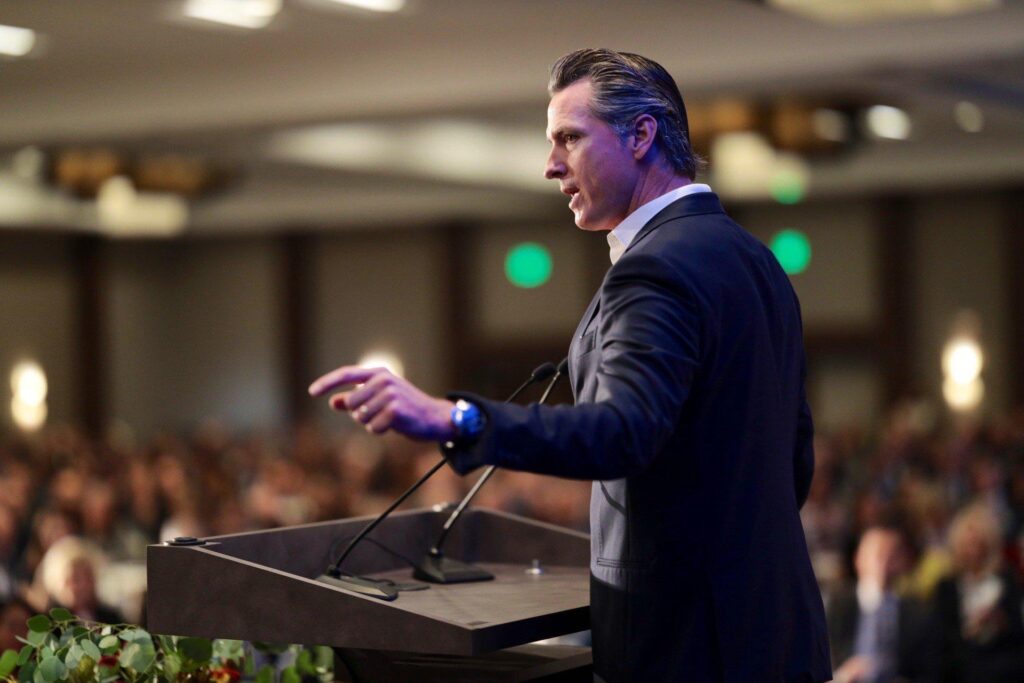California Governor Gavin Newsom has the latest budget proposal on his hands, filled with yet another attempt to close the gaping deficit caused by inflation and a drop in tax revenue from the 1%.
What does this budget proposal look like? It proposes to slash 10,000 unfilled jobs from the state’s roster and slash tens of billions of dollars in spending. But can it work?
More Efficient, Leaner and Modern
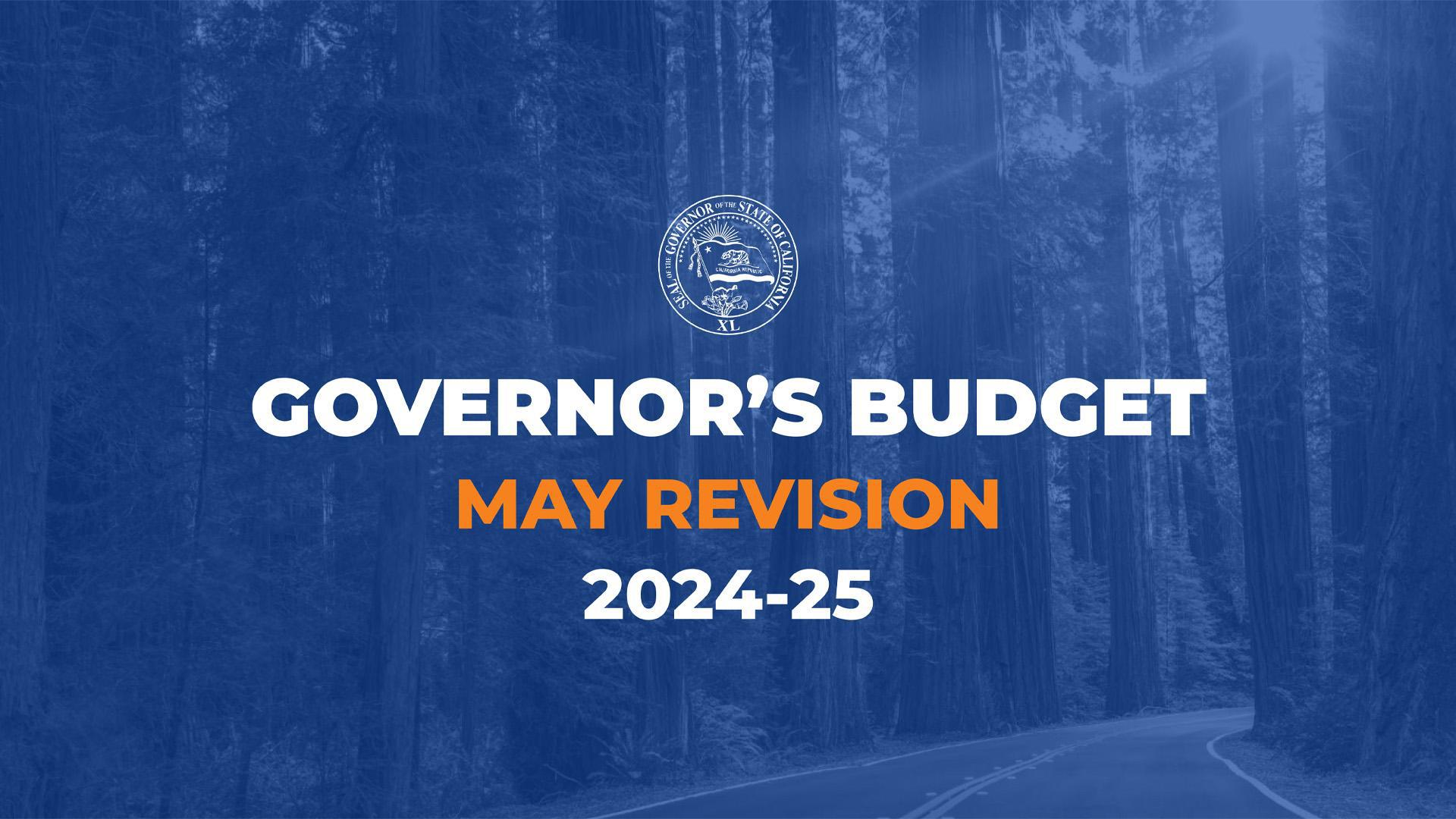
The governor’s latest proposal offers to cut $32.8 billion from the budget, including an almost 8% reduction to state operations through the next two fiscal years. Newsom’s office provided a fact sheet, saying the proposal will make the state “more efficient, leaner and modern.”
The governor’s office proposed the plan as a way to not raise taxes and preserve spending for key social service programs.
Budget Officials Have Lowered Estimates
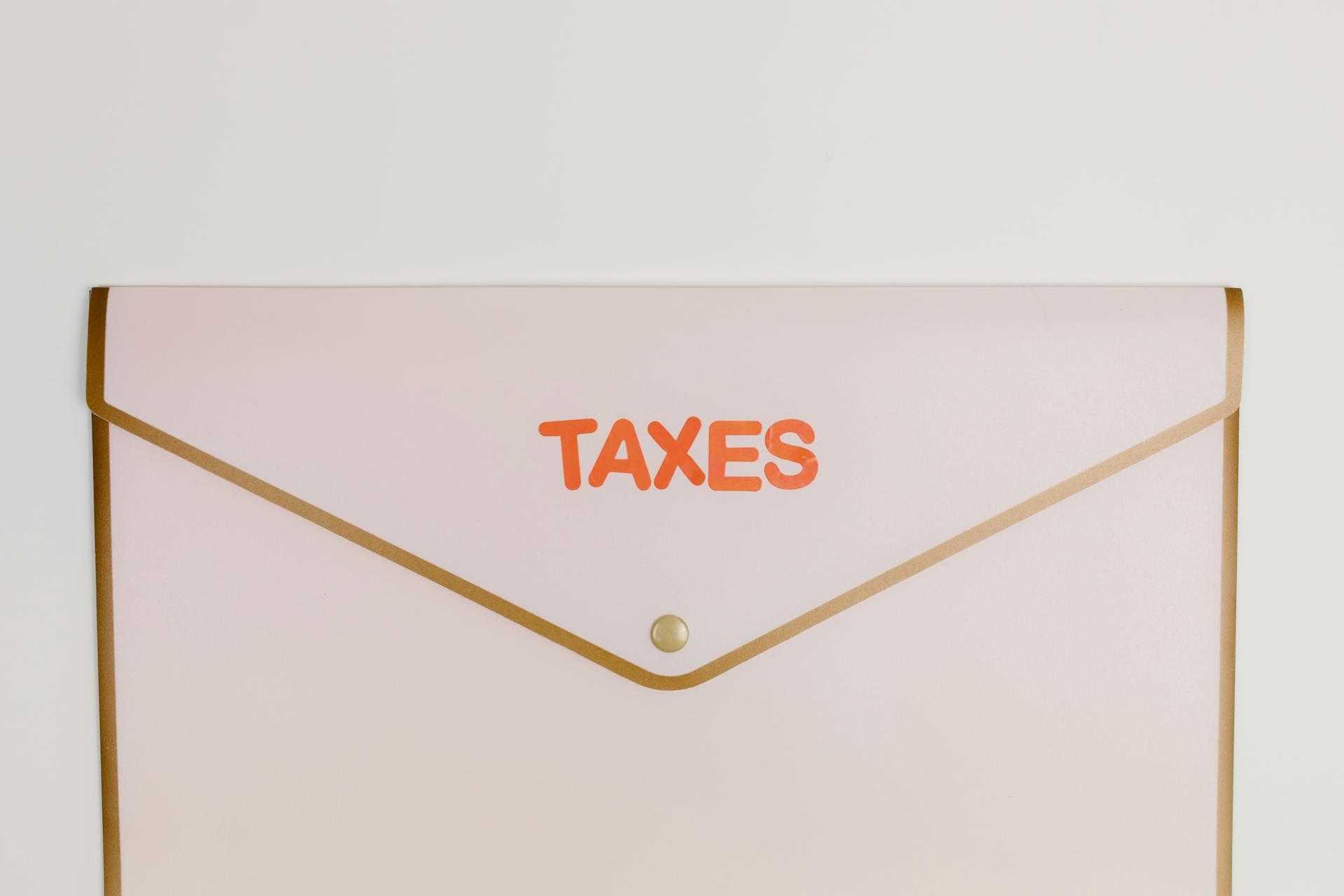
The state’s exorbitant deficit has been largely attributed to swings in the stock market and faulty projections for its three largest revenue sources.
They are personal income taxes, corporate taxes, and sales taxes. Budget officials overestimated the revenue California would generate from these main sources.
Cuts to Begin in 2025

Now, Newsom’s camp already claims the budget officials have lowered the estimates of how much California is projected to take in from those three sources. The projection applies from 2022 to 2026 and amounts to $165 billion.
Nonetheless, going forward, Newsom’s state is set to cut over 10,000 unfilled jobs in an attempt to lower the state’s deficit and get their finances back under control. These cuts will begin in the 2025-2026 fiscal year.
Newsom’s Plan Set to Save the State $762 Million

The cuts are estimated to save the state around $762.5 million, which will help reduce the state’s extensive deficit.
Speaking on the cuts, Newsom said, “Those positions are being determined in real-time at every agency and department.” He continued, “We don’t have the list of every single vacant position for you today.”
No Layoffs, Say Californian Governor

Newsom has revealed, however, that his new staffing plans don’t include lay-offs, wage cuts, or furloughs.
“We want to do what all of you are doing in your personal lives. All the businesses out there are doing in their professional lives as well,” the governor said. “And we think we can do that and still achieve outstanding outcomes.”
A Volatile Tax Structure

Speaking in a separate press conference, Newsom touched on the volatility of the tax structure, suggesting that the recent deficit is simply one of the challenges associated with such a system.
“This is just a reminder of the totality of the challenges on the basis of the volatility of our tax structure,” said the California governor.
California’s Top 1% Pay Most of the State’s Tax
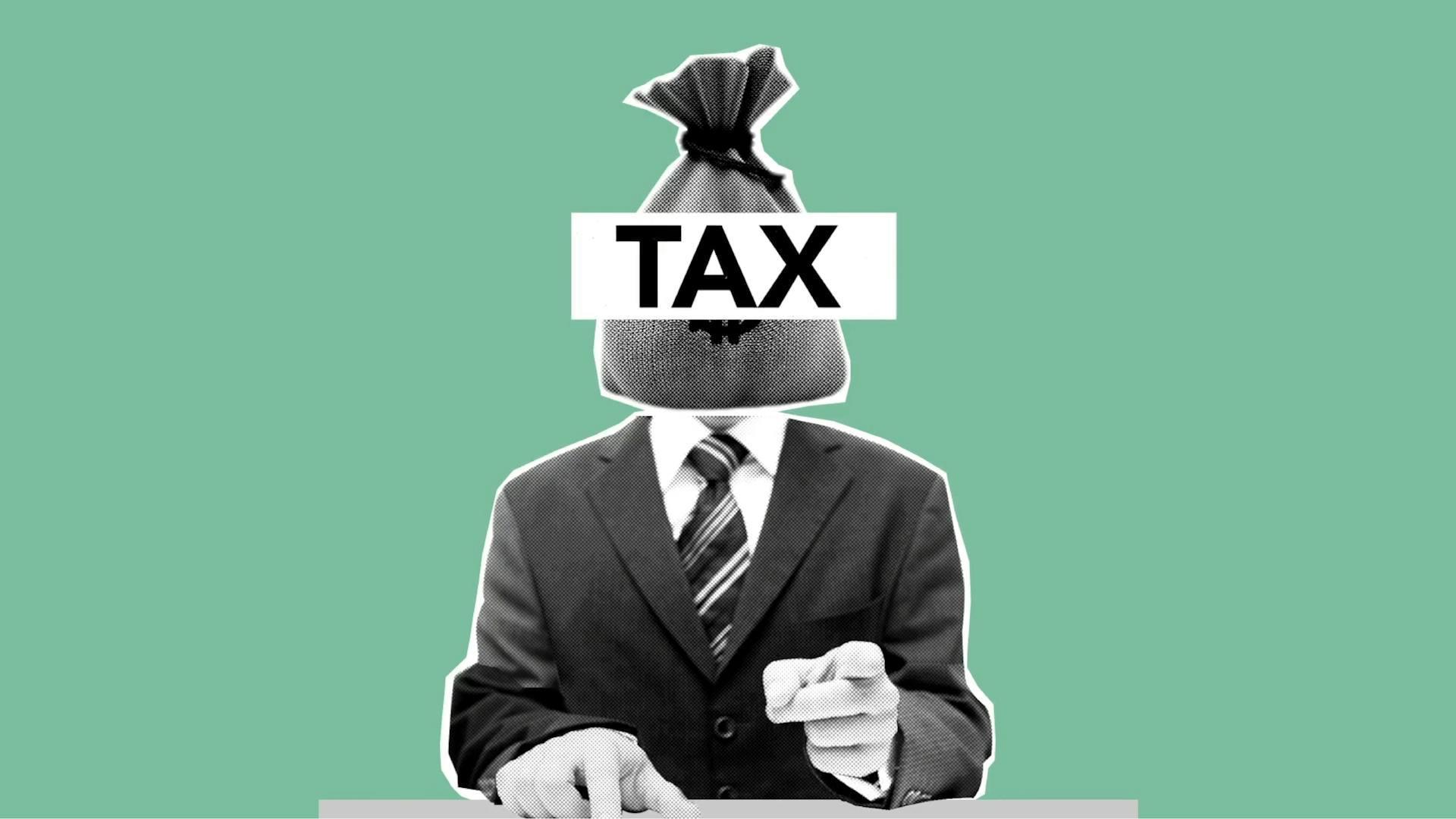
Newsom said that the benefits of a progressive tax system happened during good years, but there were challenges during years when things were contracting.
Yet, it still doesn’t erase the fact that the top 1-percenters of earners in California pay almost half of personal income taxes.
Even Deeper Cuts

In January, Newsom already proposed a $208.7 billion plan that shrank the state’s general fund budget nearly 10% from the current fiscal year.
He planned that action to fill what was estimated at that time as a $38 billion deficit. However, little did the government know then that much larger cuts would have to be implemented.
Newsom’s Revised Plan
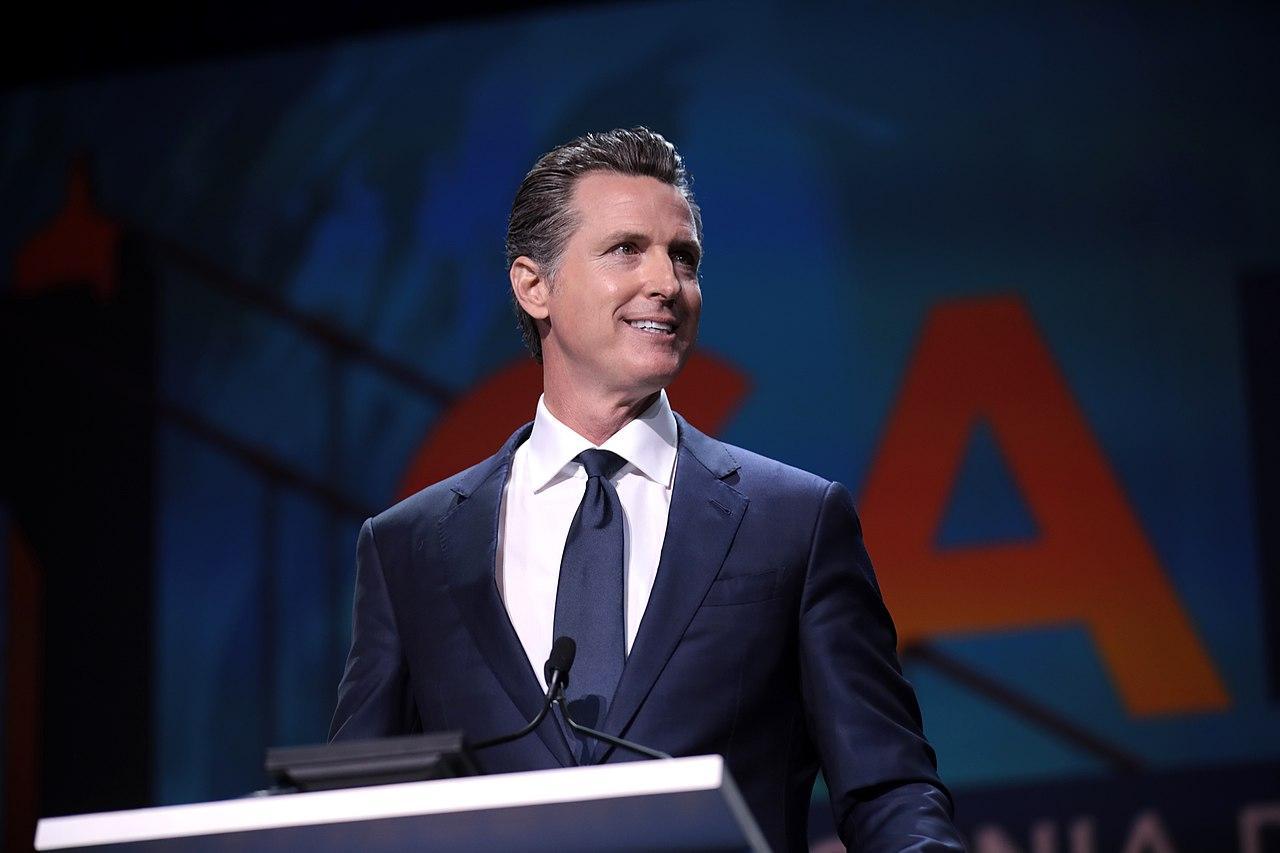
Newsom was later forced to implement a revised spending plan based on the latest revenue figures in what’s known as the May Revision, which proposes even deeper cuts.
The state’s general fund would drop to $201 billion for the next fiscal year, starting July 1.
Less Tax Revenue
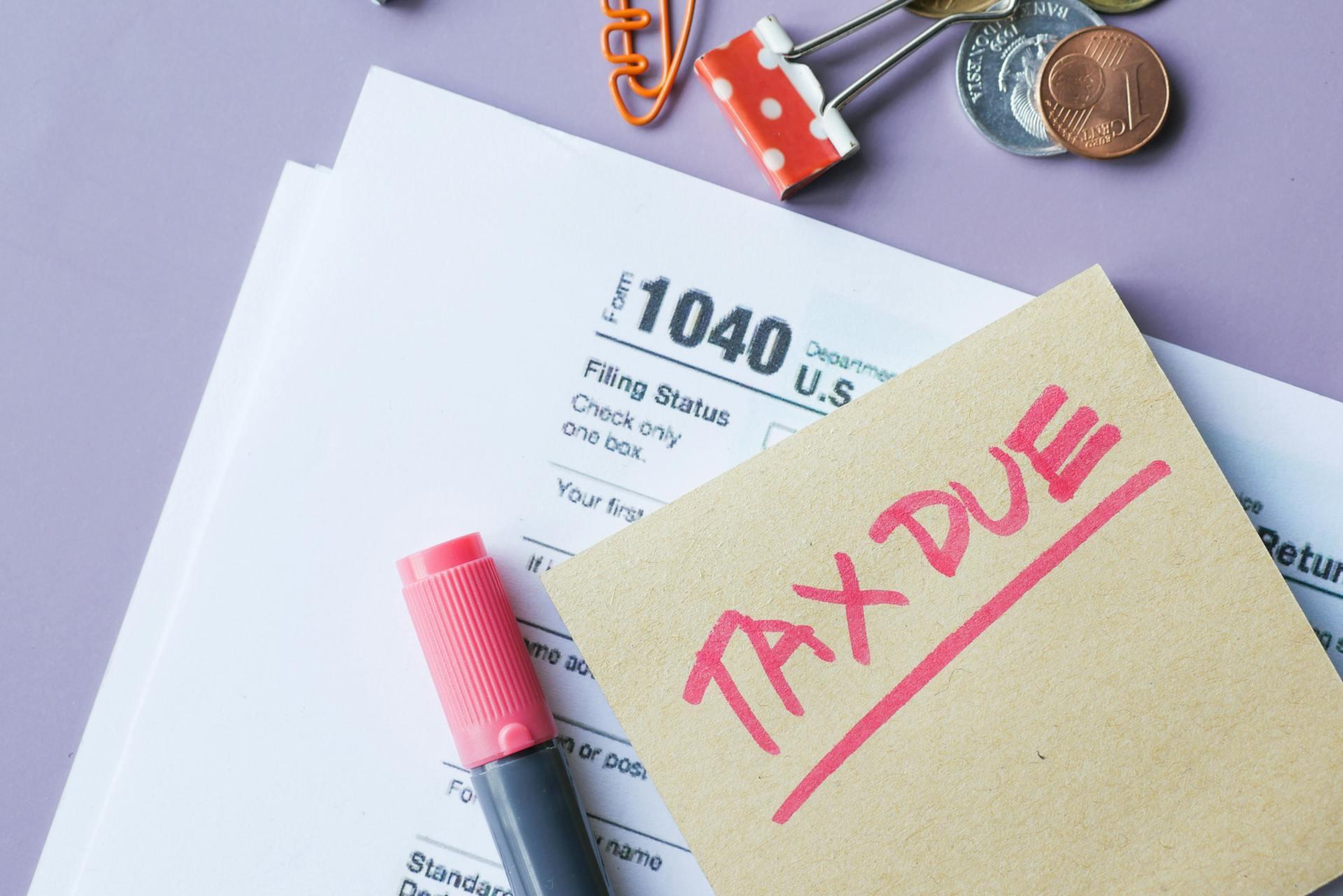
Up until the end of March, California collected 4% less in tax revenue for the current fiscal year.
That number totaled $5.8 billion. According to figures from his financial advisors, this was lower than what Newsom had projected four months ago, ultimately lowering the revenue the state was set to bring in.
Newsom Forced to Minimize the Shortage
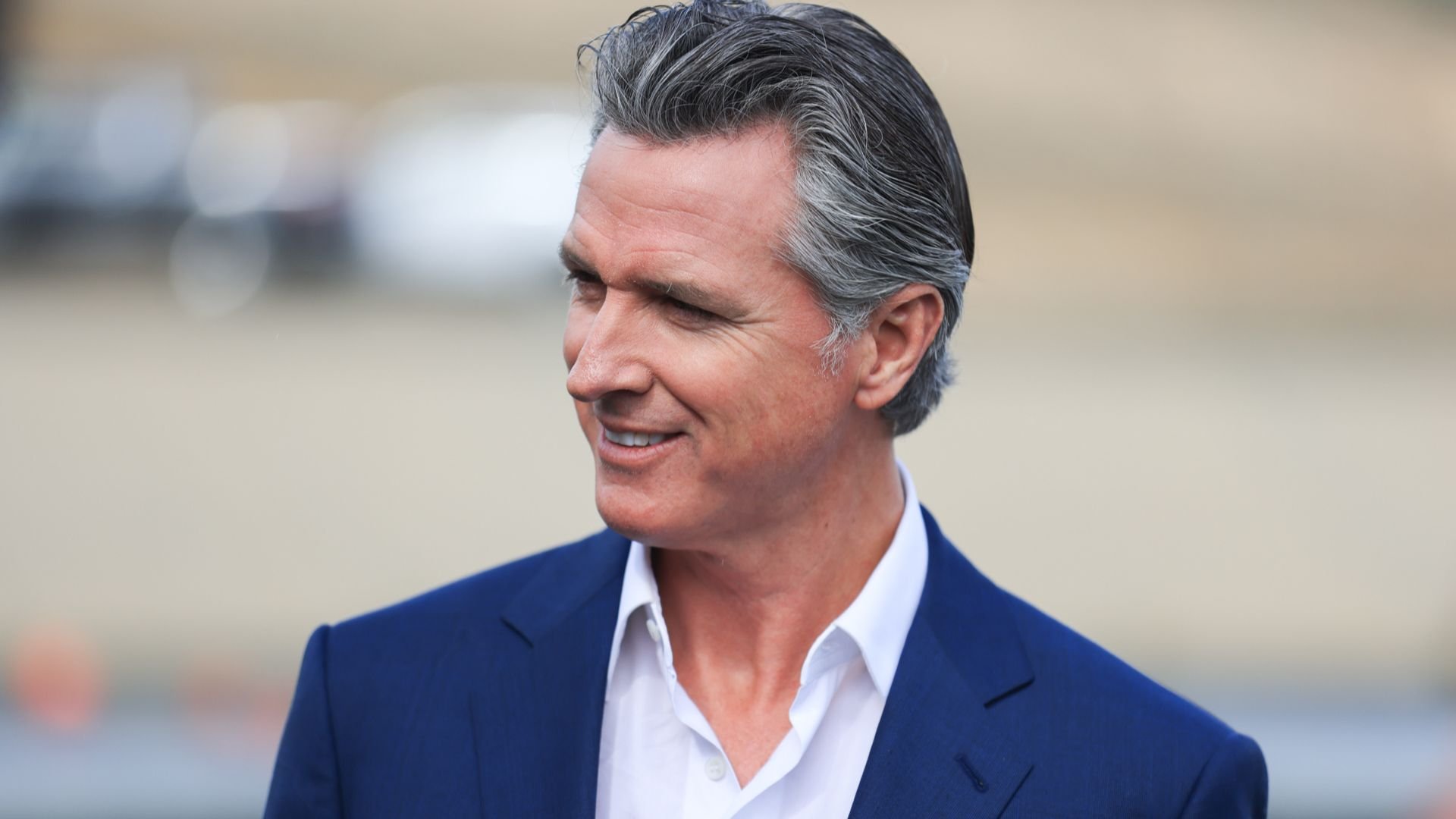
Newsom and the Democrat-controlled Legislature were then forced to agree to $17.3 billion in actions to minimize the shortage.
These actions included $3.6 billion in cuts, $5.2 billion in borrowing and other accounting measures that delay spending to the following years or shift costs to other state funds.
The Deficit Has Grown

Unfortunately for Newsom, his major problem isn’t going anywhere. According to recent estimations of the deficit, it continues to increase and has grown from $28 billion to $44.9 billion.
He blamed the lower-than-estimated revenue for that. However, early actions by the governor and lawmakers to slash spending left the state with a $27.6 billion shortfall.
Newsom Claims He’s Thinking Ahead
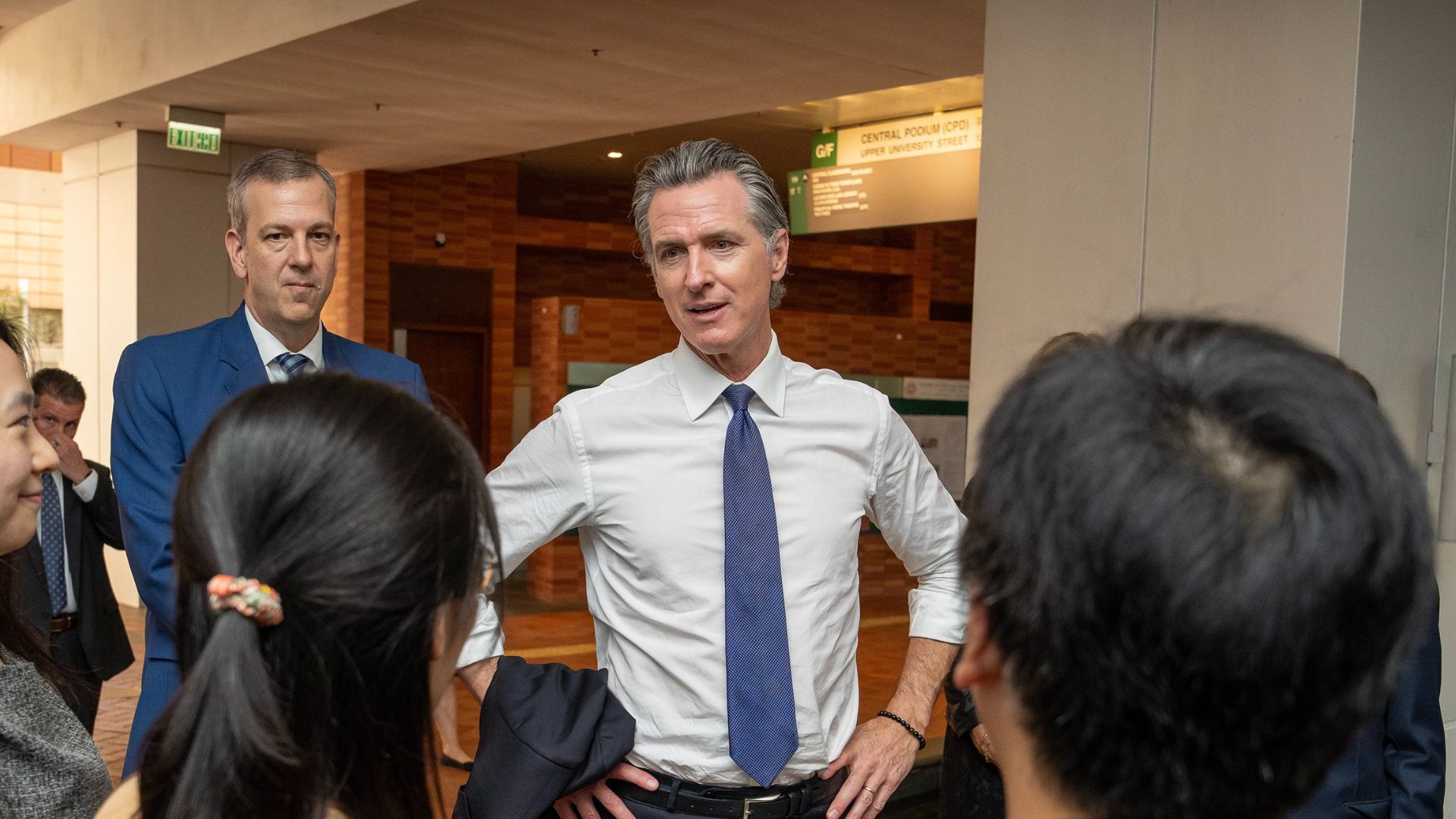
According to Newsom, who’s widely considered to be a potential future presidential candidate, his new plan aims to address the current deficit and a projected deficit of over $28 billion next year.
“It’s, I think, appropriate and prudent for us not to just solve for this year but to also solve for next year,” said the governor. “We know what we know, but we don’t know what we don’t know. This is, I believe, why we need to have a two-year mindset going forward.”
Solving Next Year’s Problems
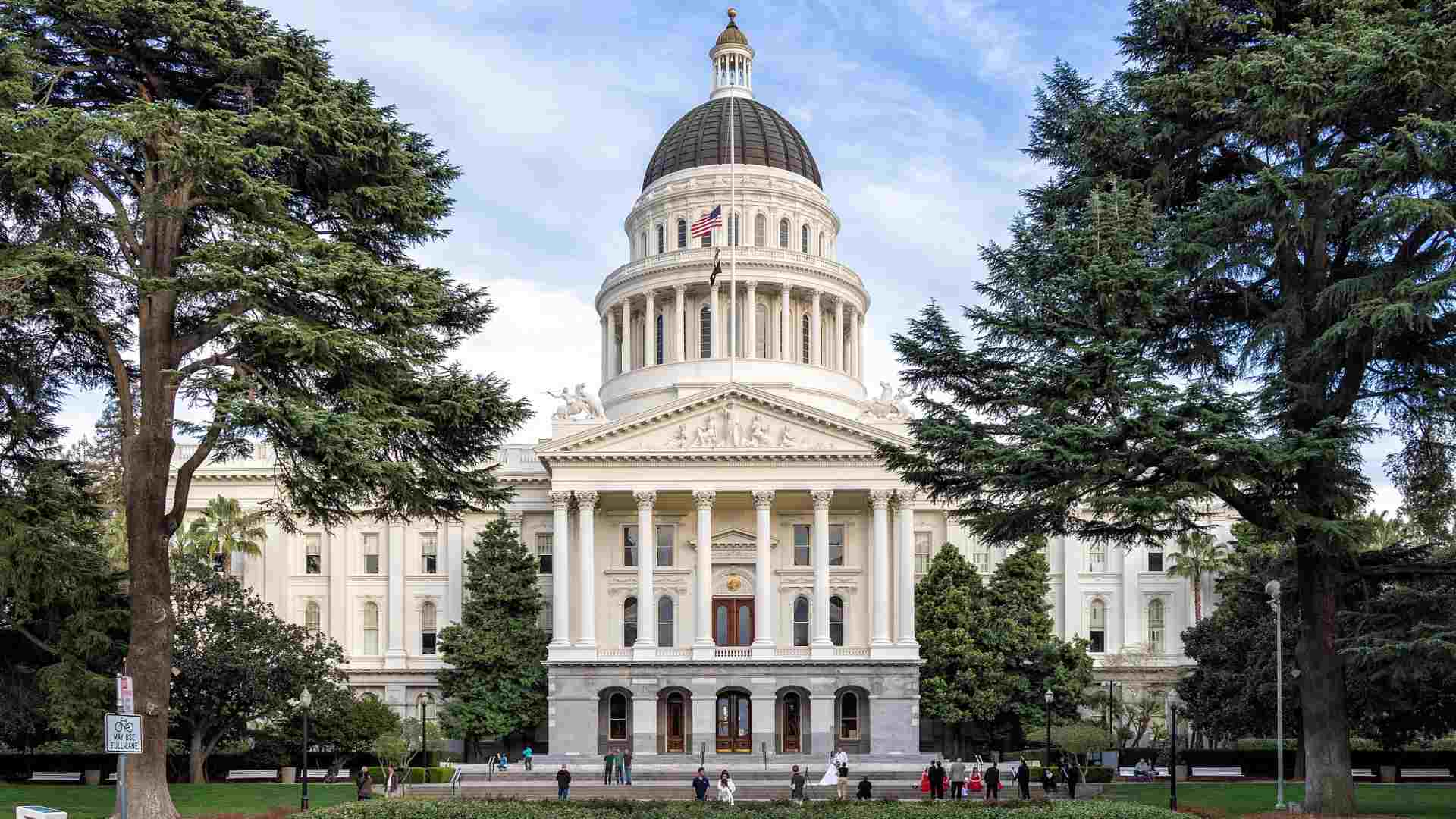
“We still have a shortfall. We will manage it, and we’ll manage it, yes, without general tax increases,” Newsom said on Wednesday during an event held by the California Chamber of Commerce.
“We’re not just going to try to solve for this year. I want to solve for next year. I think it’s too important. We have got to be more disciplined.”
Not Everyone is Worried About the Deficit

While California’s budget deficit of close to $50 billion is certainly unsettling, not everyone is worried about it in the long term.
In a statement sent via email, California Treasurer Fiona Ma wrote, “Unlike deficits of the past, the state’s underlying fundamentals are solid,” suggesting that the state will find a way to drastically reduce the deficit.
Ample Cash Reserves

Later in the statement, Ma claims that Calfironia still has one of the strongest economies in the world and plenty of reserves to get them through challenging financial periods.
“The economy is strong, the agreed-upon early actions were real and significant, and the state has ample reserves and available cash to draw on if needed.”
A Variety of Accounting Maneuvers

The governor’s latest accounting maneuver is to draw from the state’s reserves (of around $13.1 billion) to close the gap and cut $8.5 billion in spending from key priorities. They would include climate change initiatives, housing and a scholarship program.
His past maneuvers included a series of actions like pushing $1.6 billion for state workers’ last payroll to be paid next year into the next fiscal year. In December, Newsom already froze state spending.
Wage Hike Canceled?

Not only that, Newsom is still probably going to change a recently passed legislation that set a $25 minimum wage for health care workers by 2026.
The wage hike would most likely not be canceled entirely, but Newsom says he wants to make it contingent on funding. This would delay the increases and save the state money in the near term.
Health Care Cut

This wage hike delay is not the only cut Newsom wants to enact that would affect the healthcare industry.
He proposed to stop paying healthcare workers to care for around 14,000 disabled immigrants in their homes. This would save $94.7 million in the state budget.
Health Care Cuts Deemed Harsh

The Californian governor also proposed canceling the $6.7 billion that had been set aside for boosting doctors’ pay to treat Medicaid patients.
While these certainly sound harsh and have led to extensive criticism online, the healthcare industry is not the only one facing severe cuts.
Criticisms for the Cuts

Naturally, the cuts faced criticisms from a lot of sides. Anthony Wright, executive director of the consumer advocacy group Health Access California, criticized the removal of in-home care for immigrants with disabilities.
He said the move would drive those people to become “further impoverished or end up in much more expensive nursing home care.”
Newsom Reluctant to Make the Cuts

It appears there is some regret in Newsom’s decision to implement the new cuts set to be rolled out in the coming years.
During a press conference, he admitted, “I prefer not to make this cut. These are programs and propositions that I have long advanced, many of them. But you’ve got to do it. You have to be responsible.”
The Deadline for the Budget

The state constitutional deadline for passing a budget is June 15, which means Californian officials and their governor have less than four weeks to finalize their plan.
They must meet the deadline, or else they forfeit their salaries and travel and living expense reimbursements until the day the budget is signed into law.
